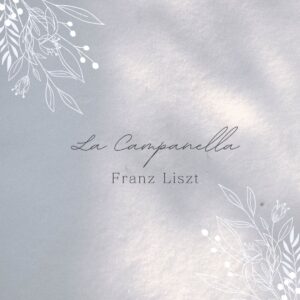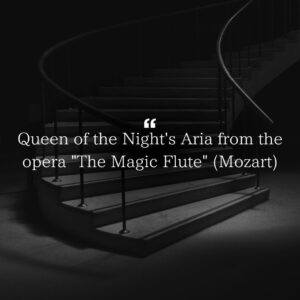「ボレロ(Boléro)」は、フランスの作曲家モーリス・ラヴェル(Maurice Ravel, 1875-1937)が1928年に作曲した管弦楽作品で、彼の最も有名な作品の一つです。元々はバレエ音楽として作られましたが、現在ではコンサートピースとしても広く親しまれています。その単純かつ hypnotique(催眠的)な構造と、徐々に盛り上がる劇的な展開が特徴で、クラシック音楽の中でも特に印象的な作品として知られています。
「ボレロ」は、ロシアのバレリーナ、イダ・ルビンシュタイン(Ida Rubinstein)の依頼を受けて作曲されました。彼女はラヴェルにスペイン風のバレエ音楽を求めたため、ラヴェルはスペインの舞曲「ボレロ」を題材に選びました。初演は1928年11月22日、パリオペラ座でイダ・ルビンシュタイン舞踊団によって行われ、大成功を収めました。曲全体が一つの単純な旋律(メロディ)と一つのリズムパターンで構成されています。リズムは「ボレロ」と呼ばれるスペインの伝統的な3拍子の舞曲に基づいており、スネアドラムが「タン、タタン」というリズムを執拗に繰り返します。このリズムは曲の最初から最後まで途切れません。旋律は2つの部分(AとB)から成り、約18回繰り返されます。この繰り返しが徐々に変化していくのが鍵です。
ラヴェルの「ボレロ」は、単純な素材を天才的なオーケストレーションで劇的な音楽に仕上げた傑作です。繰り返しの中で高まる緊張感と、最後の解放感は聴く者を圧倒します。
“Boléro” is an orchestral piece composed by French composer Maurice Ravel (1875-1937) in 1928, and is one of his most famous works. It was originally composed as ballet music, but is now widely loved as a concert piece. Its simple, hypnotique structure and gradually climaxing dramatic development make it one of the most impressive pieces of classical music.
“Bolero” was composed at the request of Russian ballerina Ida Rubinstein. She asked Ravel to compose ballet music in the Spanish style, so Ravel chose the Spanish dance “Bolero” as the subject. The premiere was held on November 22, 1928 at the Paris Opera by the Ida Rubinstein Dance Company and was a great success. The entire piece is composed of one simple melody and one rhythmic pattern. The rhythm is based on the traditional Spanish 3-beat dance called “Bolero,” and the snare drum relentlessly repeats the rhythm “tan, tatan.” This rhythm continues from the beginning to the end of the piece. The melody consists of two parts (A and B) and is repeated about 18 times. The gradual change in this repetition is the key.
Ravel’s “Bolero” is a masterpiece that transforms simple material into dramatic music with genius orchestration. The tension that builds up through the repetition and the sense of release at the end overwhelm the listener.








